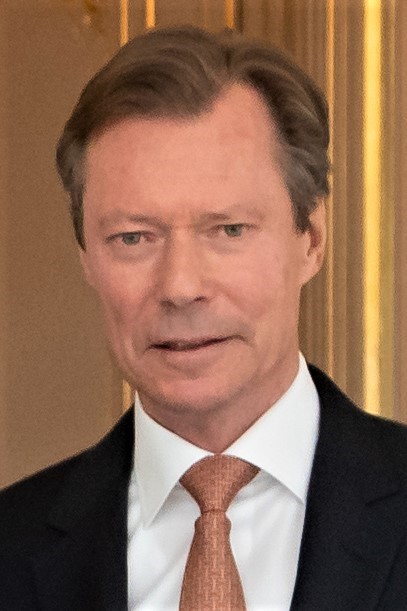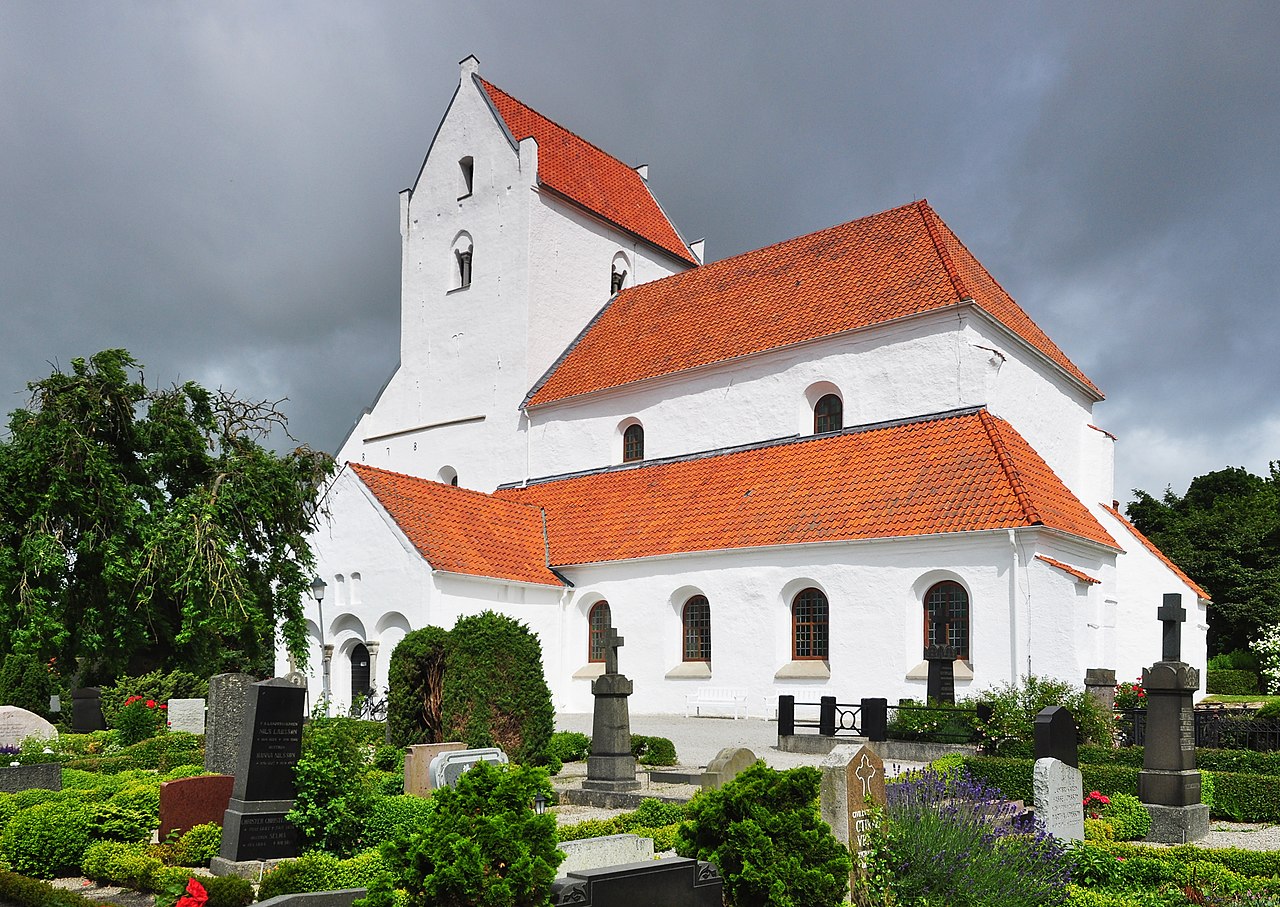© Unofficial Royalty 2025

James V, King of Scots; Credit – Wikipedia
April 10, 1512 – Birth of James V, King of Scots at Linlithgow Palace in Scotland
James V was the son of James IV, King of Scots and Margaret Tudor, daughter of King Henry VII of England and sister of King Henry VIII of England. In 1513, 30-year-old James IV was killed in the Battle of Flodden, and 17-month-old James V succeeded his father. In 1537, James married Madeleine of Valois, daughter of King François I of France. Already ill with tuberculosis, Madeleine died six months after the wedding. Less than a year later, James married another French bride, Marie of Guise, the eldest daughter of Claude of Lorraine, Duke of Guise. The couple had two sons who died in infancy, and one daughter, the future Mary, Queen of Scots. When Henry VIII of England broke from the Roman Catholic Church, he asked James V, his nephew, to do the same. James ignored his uncle’s request and insulted him further by refusing to meet with Henry VIII in York. Furious, Henry VIII sent troops against Scotland. In retaliation for the English raid into Scotland, James raised an army and attacked England. On November 24, 1542, the Battle of Solway Moss resulted in a decisive English victory. After the battle, James V fled to Falkland Palace, where he became ill and took to his bed. Overcome with grief and shame about the Battle of Solway Moss, James V lost the will to live. The news that his wife Marie of Guise had given birth to a daughter did nothing to raise his spirits, and he died at the age of 30 and was succeeded by his only surviving legitimate child, six-day-old Mary.
Unofficial Royalty: James V, King of Scots
April 10, 1533 – Death of King Frederik I of Denmark and Norway at Gottorp Castle in Schleswig, now in Schleswig-Holstein, Germany; buried at the Cathedral of St. Peter in Schleswig
Frederik I, King of Denmark and Norway was the youngest of the four sons and the youngest of the five children of Christian I, King of Denmark, Norway, and Sweden. Frederik’s nephew Christian II, King of Denmark, Norway, and Sweden had been deposed in Sweden in 1521 and replaced by Gustav Vasa, the first monarch of the Swedish House of Vasa. In 1523, Christian II was forced to abdicate by the Danish nobles. Frederik, his paternal uncle, was offered the crown. Frederik was the last Roman Catholic Danish monarch. All subsequent Danish monarchs have been Lutheran. Although Frederik remained Catholic, he was somewhat tolerant of the new Protestant Lutheran religion. He ordered Lutherans and Roman Catholics to share the same churches and encouraged the first publication of the Bible in the Danish language. Frederik’s attitude toward religion postponed the all-out warfare between Protestants and Roman Catholics that occurred during the reign of his son King Christian III, which ultimately turned Denmark into a Protestant nation. After a reign of ten years, King Frederik I died on April 10, 1533, aged 61.
Unofficial Royalty: King Frederik I of Denmark
April 10, 1599 – Death of Gabrielle d’Estrées, mistress of King Henri IV of France, in Paris, France; buried at the Notre-Dame-La Royale Church at Maubuisson Abbey on the outskirts of Paris, France
Gabrielle d’Estrées was the mistress of King Henri IV of France from 1591 until she died in 1599. In addition to being his mistress, she was one of his closest confidantes and advisers and was instrumental in Henri’s renunciation of Protestantism and conversion to Catholicism. Pregnant with her fourth child, Gabrielle suffered an attack of eclampsia and gave birth to a stillborn son. Grief-stricken, King Henri IV decreed that she be given the funeral of a Queen, and wore all black while he was in mourning – something that had never been done before in the French royal family. Gabrielle’s funeral was held at the Church of Saint-Germain-l’Auxerrois, with her coffin traveling in a procession that included princes, princesses, and many of the highest nobility of France.
Unofficial Royalty: Gabrielle d’Estrées, mistress of King Henri IV of France
April 10, 1742 – Death of Wilhelmine Amalie of Brunswick-Lüneburg, Holy Roman Empress, wife of Joseph I, Holy Roman Emperor, at the Monastery of the Visitation of Mary in Vienna, Austria that she had founded; buried in the crypt under the high altar of the monastery’s church where the Salesian nuns are buried
When the future Holy Roman Emperor Joseph I began having affairs at the age of 15, his mother thought the pious Roman Catholic Wilhelmine Amalie, who was five years older than Joseph, would be a positive influence on Joseph and he would then stop having affairs. The couple married in 1699, and had three children, but their only son died from hydrocephalus before his first birthday. Joseph did not stop his affairs, and the affairs combined with the death of his only son took a toll on his marriage. In 1705, Joseph succeeded his father in the Habsburg hereditary lands and was elected Holy Roman Emperor. Six years later, Joseph died from smallpox. In 1722, after both her daughters had married, Wilhelmine Amalie retired to the convent she had founded for the Salesian nuns, the Monastery of the Visitation of Mary in Vienna, where she died eleven days before her sixty-ninth birthday.
Unofficial Royalty: Wilhelmine Amalie of Brunswick-Lüneburg, Holy Roman Empress
April 10, 1811 – Birth of Charlotte Montagu Douglas Scott, Duchess of Buccleuch and Queensberry, Queen Victoria’s Mistress of the Robes 1841–1846, at Longleat in Wiltshire, England
Born Lady Charlotte Thynne, the daughter of Thomas Thynne, 2nd Marquess of Bath, Charlotte married Walter Montagu Douglas Scott, 5th Duke of Buccleuch and 7th Duke of Queensberry, in 1829.
Unofficial Royalty: Charlotte Montagu Douglas Scott, Duchess of Buccleuch and Queensberry
April 10, 1837 – Death of Sophia Sidney, Baroness De L’Isle and Dudley, born Sophia FitzClarence, illegitimate daughter of King William IV of the United Kingdom, at Kensington Palace in London, England; buried in the Sidney Chapel at St. John the Baptist Church in Penshurst, Kent, England
Sophia was the third of the ten children and the eldest of the five daughters of King William IV of the United Kingdom and his mistress Dorothea Jordan. In 1825, Sophia married Philip Charles Shelley Sidney, the only son of Sir John Shelley-Sidney, 1st Baronet, and the couple had six children. On April 10, 1837, 40-year-old Sophia died after delivering a premature stillborn baby at Kensington Palace. She had recently completed a charming watercolor painting of her father. Sophia’s death had a severe impact on her father, King William IV, who died two months later on June 20, 1837.
Unofficial Royalty: Sophia Sidney, Baroness De L’Isle and Dudley, born Sophia FitzClarence, Illegitimate Daughter of King William IV of the United Kingdom
April 10, 1897 – Death of Friedrich Franz III, Grand Duke of Mecklenburg-Schwerin at Villa Wenden in Cannes, France; buried in the Helena Pavlovna Mausoleum on the grounds of Ludwigslust Palace in Ludwigslust, Grand Duchy of Mecklenburg-Schwerin, now in Mecklenburg-Vorpommern, Germany
In 1879, Friedrich Franz married Grand Duchess Anastasia Mikhailovna of Russia, the daughter of Grand Duke Mikhail Nikolaevich of Russia and Princess Cecilie of Baden. The couple had three children, and through their daughter Alexandrine, who married King Christian X of Denmark, they are ancestors of the Danish royal family. Friedrich Franz suffered from severe bronchial asthma and a weak heart that plagued him his entire life. Because the climate in Schwerin was not good for his health, he spent November through May in Cannes, France, living at Villa Wenden, which he had built there. With his health rapidly deteriorating in the spring of 1897, his family gathered at Villa Wenden, anticipating the worst. On the evening of April 10, 1897, he was found unconscious at the bottom of the villa’s 25-foot retaining wall, and he soon died. Officially, the cause of death was an accident. Likely gasping for air, he went out on the balcony and accidentally fell. However, rumors quickly spread that he had died by suicide.
Unofficial Royalty: Friedrich Franz III, Grand Duke of Mecklenburg-Schwerin
April 10, 1904 – Death of Queen Isabella II of Spain in exile in Paris, France; buried at the Monasterio de El Escorial near Madrid, Spain
Isabella’s father, Ferdinand VII, died in 1833, and she succeeded to the throne, not quite three years old. Isabella married her double first cousin, Infante Francisco de Asís de Borbón, Duke of Cadiz, but the marriage was not happy. There were rumors that few, if any of her children were fathered by her husband. Isabella had nine children, but only five reached adulthood. Her only surviving son was King Alfonso XII of Spain. Isabella’s authoritarianism, her religious fanaticism, her alliance with the military, and the chaos of her reign — sixty different governments — helped bring about the Revolution of 1868 that exiled her to Paris. The new government replaced Isabella with Amadeo I, the second son of King Victor Emmanuel II of Italy. During Amadeo’s reign, there were many republican uprisings, and he abdicated in 1873 and returned to Italy. The First Spanish Republic was declared, but it lasted a little less than two years. Isabella had officially abdicated in 1870, and after the First Spanish Republic collapsed, her son Alfonso XII became king. She lived out the rest of her life in exile and died from influenza complications in Paris, France.
Unofficial Royalty: Queen Isabella II of Spain
April 10, 1959 – Wedding of Emperor Emeritus Akihito of Japan and Michiko Shōda at the Kashiko-dokoro, the Shinto shrine of Amaterasu, the Sun Goddess, on the grounds of the Imperial Palace in Tokyo, Japan
Crown Prince Akihito and Michiko Shōda first met on a tennis court on August 19, 1956, at Karuizawa, a summer resort. Akihito and Michiko were in opposing mixed pairs in a tournament. Michiko and her partner won the match. Michiko was the first commoner to marry into the Imperial Family, and that did cause some controversy.
Unofficial Royalty: Wedding of Emperor Akihito of Japan and Michiko Shōda
April 10, 1973 – Birth of Princess Tatjana of Liechtenstein, daughter of Prince Hans-Adam II of Liechtenstein, born in St. Gallen, Switzerland
Full name: Tatjana Nora Maria
As Liechtenstein follows agnatic primogeniture (male-only), neither Princess Tatjana nor her children are in the line of succession to the throne of Liechtenstein. In 1999, Princess Tatjana married Baron Philipp von Lattorff and the couple has seven children.
Unofficial Royalty: Princess Tatjana of Liechtenstein
April 10, 2007 – Birth of Princess Ariane of the Netherlands, daughter of King Willem-Alexander of the Netherlands, at Bronovo Hospital in The Hague, the Netherlands
Full name: Ariane Wilhelmina Máxima Inés
Ariane is the youngest of the three daughters of King Willem-Alexander of the Netherlands and Queen Máxima (née Máxima Zorreguieta Cerruti).
Unofficial Royalty: Princess Ariane of the Netherlands
This article is the intellectual property of Unofficial Royalty and is NOT TO BE COPIED, EDITED, OR POSTED IN ANY FORM ON ANOTHER WEBSITE under any circumstances. It is permissible to use a link that directs to Unofficial Royalty.















